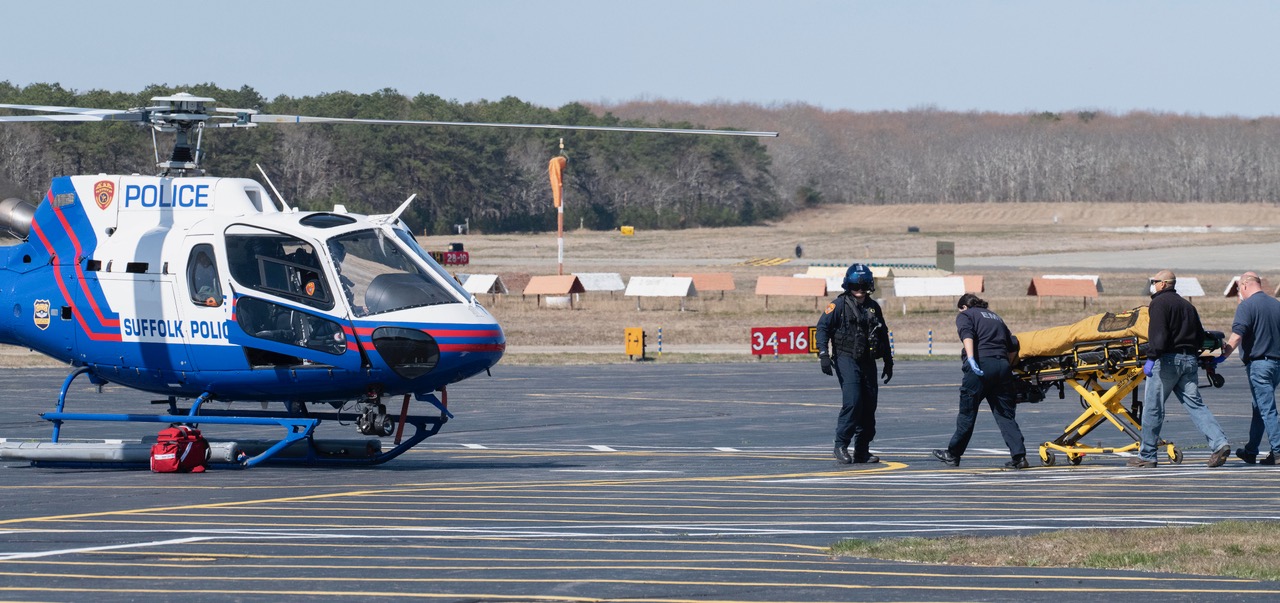East Hampton Airport; An Umbilical Cord for East End Jobs, Municipal Revenues, Philanthropy and Disaster Preparedness

Full disclosure; I am not a pilot, nor do I own a plane or helicopter. I am a full time resident of the Hamptons for over 30 years. I practice medicine here and run a not for profit dedicated to supporting the medical needs of our community, our hospitals and our first responders.
I am writing this letter to caution all those involved in seeking the closure of East Hampton Airport to “be careful what you wish for”. While increased usage of the airport, particularly helicopter usage, is reflective of the growth of the Hamptons and does come with additional challenges, a common sense
approach to mitigating such challenges needs to prevail. Closing one of the most important and irreplaceable elements of critical infrastructure on Eastern Long Island is not a sensible solution to address the nuisance complaints being raised by a group of adjacent property owners who voluntarily chose to buy property next to an airport. Such purchases were made at lower prices that reflected each property’s location being proximate to an industrial economic development zone anchored by a busy airport. While I am sensitive to seeing what can be sensibly and reasonably done to address any fact driven complaints, let us make sure this does not become a case of seeking a property value windfall for a small group of owners at the expense of the entire community. As I will briefly describe below, the airport has a wide ranging set of economic, employment, preparedness, and life safety functions the loss of which affects thousands upon thousands of people throughout the Hamptons.
A quick history; the airport was constructed in 1936-1937 under the Federal Work Projects Administration (WPA), and has been continuously running as a municipal airport since that time. Of interesting historical note, during the years 1945-1949 the airport was operated by two women, Charlotte Niles and Margaret Lowell-Wallace who were WWIII Woman Aviation Service Pilot (WASP’s) veterans. The airport was always intended to serve as a vital economic engine for the growth of the area. The airport was expanded in 1942 to its current runway lengths with $500,000 in funding provided by the Civil Aeronautics Authority and the US Department of Commerce. The last report I saw on the economic contributions of the airport was completed by NYU in 2013. Although now dated, and probably significantly understated, at that time the airport represented about 8% of the Town’s total employment, approximately $13 million in local payroll contribution and over $48 million in local economic revenue. Given the growth in airport usage and the growth in the adjacent industrial park since the date of that report, I would venture a guess that the numbers are substantially higher as of 2021. Given that the proposed 2021 Town of East Hampton Budget is $82.6 million, the size and importance of the economic contributions being generated by the airport alone come into sharp focus.
Is anyone proposing to study the economic, community, and personal impacts a closure would trigger? The permanent loss of good paying jobs, the resulting family financial failures, a substantial loss of revenue to the Town, lost emergency functions capability, declining local merchant revenues, and lost
philanthropy and community support are all to be expected and should be carefully quantified before any closure decision be seriously considered. Likewise, would the Town then turn around and substantially increase the property assessments of those signing the nuisance complaints to offset these dramatic losses to the community? What about the longtime tax paying residents whose livelihoods, homes and families are dependent on employment associated with the operations of the airport? Where do their lives and their children’s lives get studied in a closure decision? I have spent a great deal of my non practice time over the last three decades raising funds for medical causes. The last 15 months of Covid on the East End has involved the busiest and deepest outreach for philanthropy I have ever undertaken to provide PPE, ventilators, Covid testing, medical transportation, nursing assistance, and specialist care to every affected person in our community. The enormity of the funds we raised would not have been possible without the philanthropy of many of the users of East Hampton Airport. These same families, individuals and companies are also the ones that give generously over the years to local land preservation organizations, local churches and synagogues, clean water causes, children’s initiatives, the arts organizations, and animal welfare. Let us be wise and be studied before a closure decision based on noise and scheduling is made (which are mitigatable and subject to improvement from upcoming technological advances), which decision could lead us to a place of irreconcilable losses that are not mitigatable.
Fellow community members, this is not a time for emotional or premature decision making. The claims that have been raised should be examined, understood and solutions crafted. Such solutions would ideally include both current best practices and soon to be available technologies as deemed feasible. My brief investigation of technology in development, some with near term deployment dates, include much quieter and more efficient helicopters, and next generation electric flying vehicles being developed by several companies that are intended to launch well before the end of the decade (think helicopter replacement 2.0). What is normal and noisy now is well on its way to being obsolete in the very near future. Therefore, I encourage the various parties to come together on ways to improve the airport and its capabilities to support all of us on the East End, rather than to seeks its closure for the benefit of a few.



